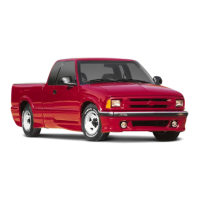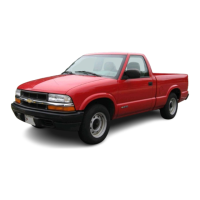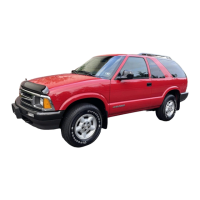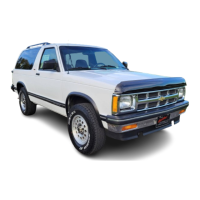Your Driving and
the
Road
..
C.
.-,
-
._ .
may tend to think you are going slower than you actually are. For example,
40
mph
(65
km/h) might seem like only
20
mph
(30
km/h). Obviously, this
could lead to serious trouble on a ramp designed for
20
mph
(30
km/h)!
Driving
a
Long Distance
Although most long trips today are made on freeways, there are still many
made on regular highways.
Long-distance driving on freeways and regular highways is the same in some
ways. The trip has to be planned and the vehicle prepared, you drive at
higher-than-city speeds, and there are longer turns behind the wheel. You’ll
enjoy your trip more if you and your vehicle are in good shape. Here are
some tips for a successful long trip.
Before Leaving on a
Long
Trip
Make sure you’re ready. Try to be well rested.
If
you must start when you’re
not fresh-such as after a day’s work-don’t plan to make too many miles
that first part of the journey. Wear comfortable clothing and shoes you can
easily drive in.
Is
your vehicle ready for a long trip?
If
you keep it serviced and maintained,
it’s ready to go.
If
it needs service, have it done before starting out. Of
course, you’ll find experienced and able service experts in your vehicle’s
dealerships all across North America. They’ll be ready and willing to help
if
YOU
Her1
0
need it.
ire
Some
things you can check before a trip:
Windshield Washer Fluid:
Is
the reservoir full? Are all windows clean
inside and outside?
Wiper Blades: Are they in good shape?
Fuel, Engine Oil, Other Fluids: Have you checked all levels?
Lights: Are they all working? Are the lenses clean?
Tires: They are vitally important to a safe, trouble-free trip.
Is
the tread
good enough for long-distance driving? Are the tires all inflated to the
recommended pressure?
Weather Forecasts: What’s the weather outlook along your route?
Should you delay your trip
a
short time to avoid a major storm system?
Maps:
Do
you have up-to-date maps?
4-44

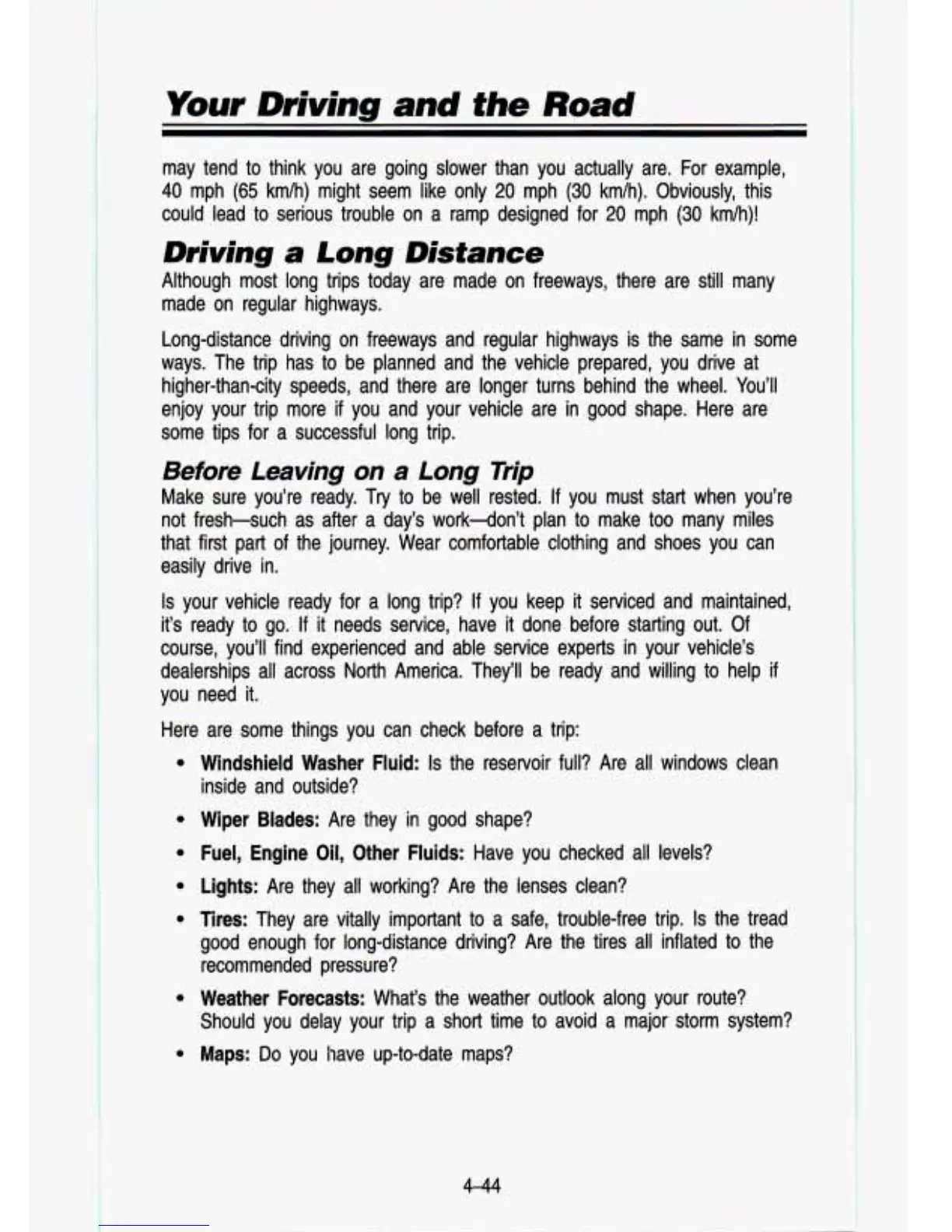